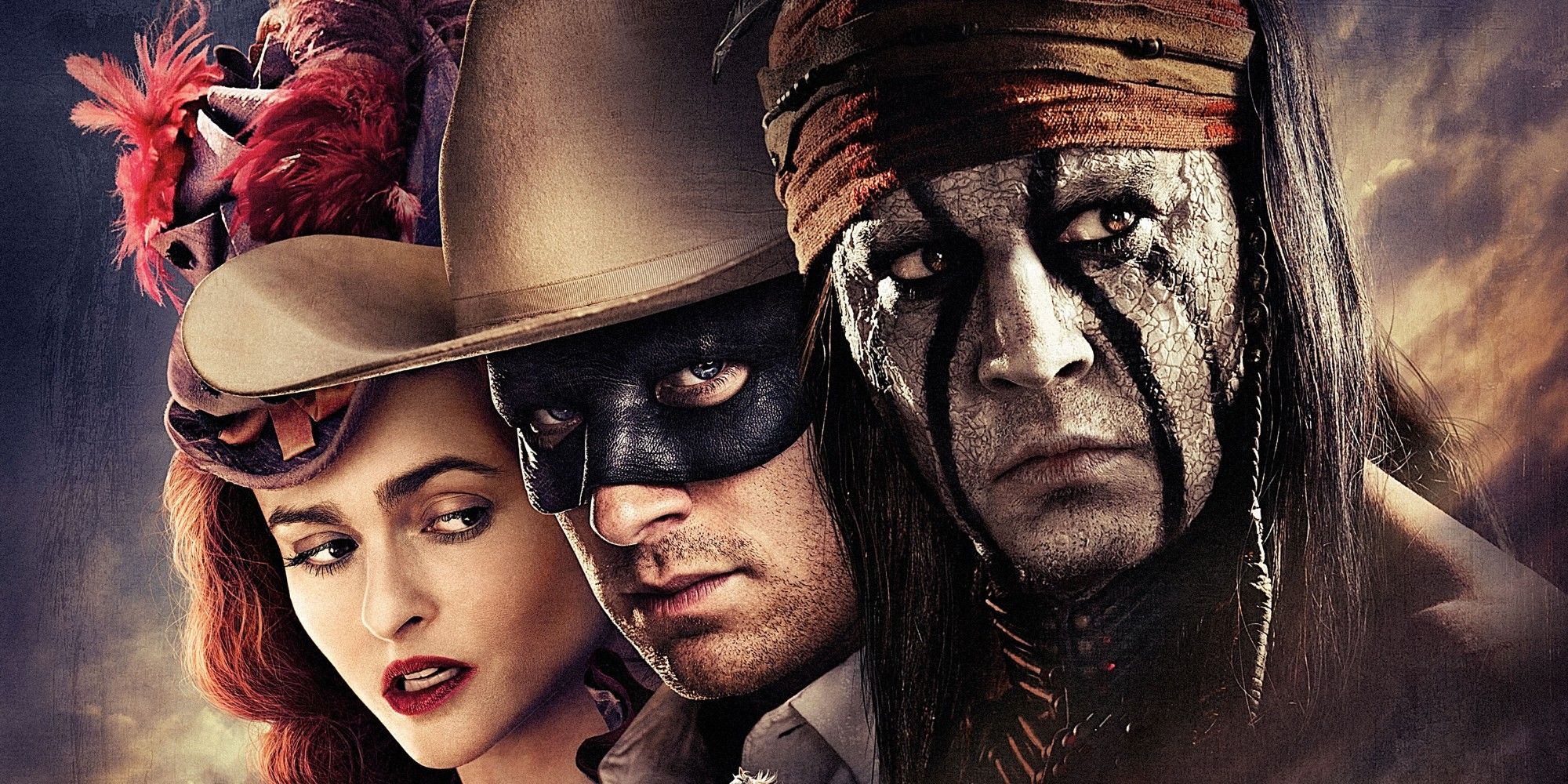


The Lone Ranger soon became the highest-rated program to that point on the fledgling ABC network and its first true "hit," even earning an Emmy nomination in 1950.Īfter two successful years, which presented a new episode every week, 52 weeks a year, Moore had a pay dispute and left the series. ," Moore and co-star Jay Silverheels, in the role of Tonto, made history as the first Western written specifically for television. With the first notes of Rossini's stirring " William Tell Overture" and announcer Fred Foy's "Return with us now, to those thrilling days of yesteryear. Moore then faced the challenge of training his voice to sound like the radio version of The Lone Ranger, which had then been on the air since 1933, and succeeded in lowering his already distinctive baritone even further. As producer of the radio show and creator of "The Lone Ranger" character, with writer Fran Striker, Trendle was about to launch the masked man in the new medium of television. Moore's big break came in 1949, when George W. Army Air Forces during World War II and made training films ( Target-Invisible, etc.) with the First Motion Picture Unit. He was an occasional player in B westerns and Republic Studio cliffhangers, ultimately starring in more such films than serial hero Buster Crabbe. According to his autobiography, around 1940 Hollywood producer Edward Small persuaded him to adopt the stage name "Clayton" Moore. Moving to Hollywood in the late 1930s, he began working as a stunt man and bit player between modeling jobs. Born as Jack Carlton Moore in Chicago, Illinois, Moore was a circus acrobat as a boy, then later enjoyed a successful career as a John Robert Powers model.


 0 kommentar(er)
0 kommentar(er)
